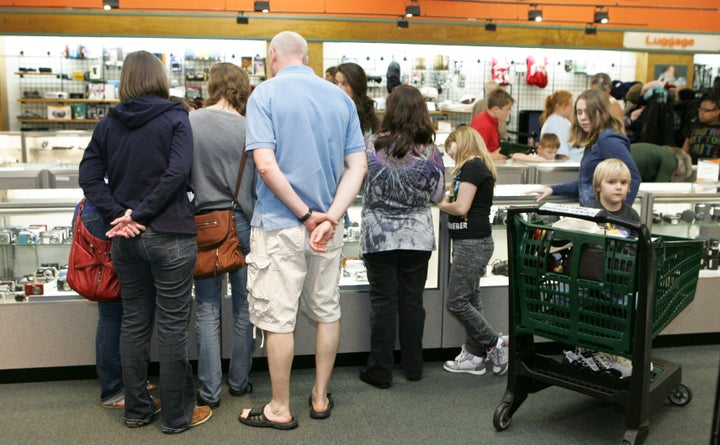
Can a single pivotal behavior elevate the culture of your entire organization?
It can if it's the right behavior.
Here's how a simple one minute act helped an organization outperform their competition by leaps and bounds:
My family and I were moving our daughter into Boston University last weekend. As we were standing on the street looking befuddled at the campus map, a friendly official-looking gentleman approached us asking, "Can I help you find something?"
He introduced himself as the Dean of Students. He asked where we were from, told us he was delighted to have us on campus and pointed us in the right direction.
Keep in mind, this is a major university in the middle of a huge city with 4,500 freshman moving in on the same day. Yet the Dean himself personally approached us.
Here's the kicker, it's not just because he's a friendly extrovert. It's their official campus policy.
If a staff member sees anyone looking at one of the big maps they are expected to approach them and offer help. One staff member joked, "It's a fireable offense to walk by people at the map and not offer to help."
They didn't view it as a punitive thing. That single behavior -- help people when they're standing at the sign -- was exciting for them. It was emblematic of their organizational culture and how they perceive themselves.
This simple model can be implemented by any organization.
What would happen if an airline set a company-wide policy for all their employees? If you walk by someone in the airport who looks lost, offer to help. It doesn't matter if you're a pilot, a baggage handler or the CEO, be proactive and offer to help.
How long would it take before customers started to view that airline differently from their competitors?
How much more empathy would employees and executives have for weary travelers if they had more positive interactions with them before they started complaining?
How would the employees treat their customers if they saw senior leadership consistently modeling helpfulness and patience?
Here's how I observed it playing out at BU.
A staff member approaches the "customer" with a smile on their face offering to help. The customer responds positively. The whole thing takes about a minute. The customer walks away happy.
But the customer isn't the only one walking away feeling great about the organization.
The staff member is able to successfully solve a simple problem quickly and be thanked for it. After they do it once or twice, it becomes self-reinforcing. They start to see themselves as problem-solvers and ambassadors for their company.
The ripple effect this has on the organization's culture should not be underestimated.
That single policy tells everyone inside and outside the organization, our goal is to be helpful. We care about people and we place a high priority on interpersonal interactions.
When employees of every level personally connect with customers, they empathize with them and they carry that knowledge back to their job.
That single pivotal behavior -- help people at the sign -- ignites a process that makes customers and employees feel cared about and connected, and community forms quickly.
I'm delighted to be sending huge checks to Boston twice a year because they made me feel loved. Who doesn't want their customers to feel that way?
You can have the best product in the world, but the only way to evoke true passion is with people.
Lisa Earle McLeod helps organizations win the hearts and minds of their customers and employees. A sought after speaker, she is author of "The Triangle of Truth," a Washington Post Top 5 Business Book.
Visit her Blog -- How Smart People Can Get Better At Everything
Web site -- www.TriangleofTruth.com
Copyright 2011 Lisa Earle McLeod. All rights reserved.